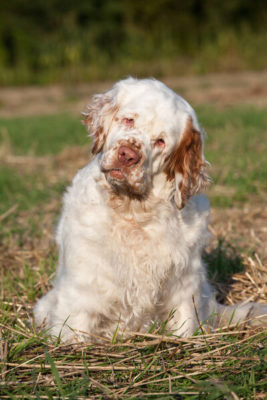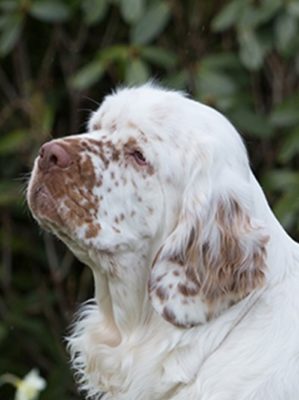Clumber Spaniel
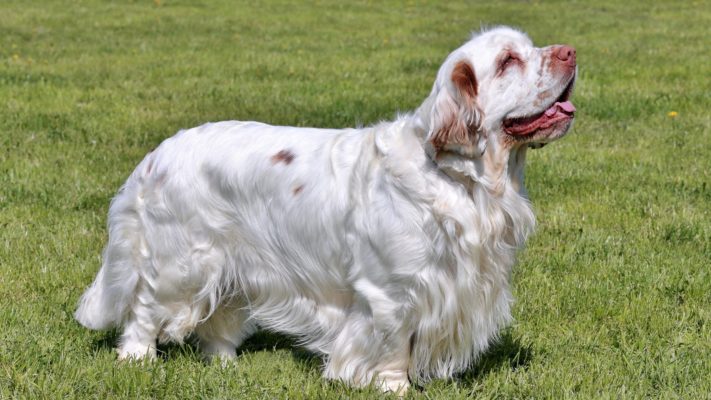
Owners of the Clumber Spaniel note its intelligence and mild temperament. Skillfully combines determination and calmness. It is a courageous and brave helper and in the family affectionate and playful four-legged friend when hunting. Tolerant enough to children’s pranks, and even happily support them in this. Towards strangers, a somewhat guarded attitude.
Table of Contents
Breed Information
| Another Name | – |
| Origin | England |
| Height | Males 45-50 cm Females 42.5-47.5 cm |
| Weight | 25-34 kg |
| Fur | Medium |
| Color | Monochrome white with lemon marks |
| Lifespan | 10-12 years |
| FCI Classification | Retrievers – Flushing Dogs – Water Dogs |
| Group | Hunting dogs |
| Price | From $500 |
Breed Photos
Origin History
The exact version of the formation of the Clumber Spaniel breed does not exist. Only some facts of the origin of the breed are known. According to one theory, the origin of the breed is due to the French Duke de Noailles. At the time of the French Revolution, he gave his dogs to the English estate of Clumber Park, Duke of Newcastle in Nottinghamshire. It is where further breeding of the breed came from and where its name was established. If you rely on the second theory, the Clumber Spaniel is of purely British origin. The breed dogs were bred from representatives of the ancient spaniels and are related to Saint Bernard and Basset Hound.
Since 1859, the Clumber Spaniel has enjoyed extraordinary popularity among the nobility. Prince Albert, husband of Queen Victoria, as well as his son King Edward VII. For a long time, the breed was propagated exclusively by aristocrats who had hunting grounds at their disposal.
Unfortunately, during the First World War, the breed was literally on the verge of extinction. King George V. took up the revival and further population of the Clumber Spaniel. Nowadays, the breed is still quite rare and not so popular among hunters. The official standard and recognition of the Fédération Cynologique Internationale the breed received in 1954.
Appearance
The Clumber Spaniel differs in appearance from other spaniels. It is slightly more massive and clumsier. Perhaps because of these features, he is inferior to his closest relatives, who excel in hunting.
The Clumber Spaniel has strong bones and a fairly large body. The head is large and square, with a drowsy-soft muzzle expression characteristic of the breed. Despite its determination and vigor, it has a thoughtful look. The skull is broad with a heavy brow. The eyes are small, dark amber. The ears are large and floppy, resembling the shape of a grape leaf and hanging forward. The neck is thick and strong. The chest is deep. The back is long and straight. Powerful limbs with well-developed muscles. The tail is long and low-set, and can be trimmed.
The coat of the Clumber Spaniel is medium length, very thick, and silky to the touch. On the limbs and chest coat is always longer. Allowed colors: The standard allows for pure white color and monochromatic white with lemon or pale orange spots.
Character
Owners of the Clumber Spaniel note its intelligence and mild temperament. Skillfully combines determination and calmness. It is a courageous and brave helper and in the family affectionate and playful four-legged friend when hunting. Tolerant enough to children’s pranks, and even happily support them in this. Towards strangers, a somewhat guarded attitude.
The Clumber Spaniel does not show aggression or cowardice. As a guard dog is categorically not suitable. He is too kind and slow. The owner’s constant attention is very important for the Clumber Spaniel, and it can hardly stand solitude, so it is not suitable for living in an enclosure. It feels comfortable in any weather and likes long walks alone with its owner.
Care
The main concern in caring for a Clumber Spaniel is regular combing of its hair. To maintain a well-groomed appearance and prevent tangles formation – comb the pet three times a week. Regular hair clipping between the toes is recommended for your pet’s comfort.
The Clumber Spaniel should be bathed once every few weeks. The use of special shampoos, which will keep the coat soft, is mandatory. Your pet’s ears should be cleaned twice a week, and the eyes should be examined to prevent inflammation. Claws are usually self-cleaning; in case that is not enough, trim them monthly.
Training
Experienced Clumber Spaniel breeders talk about his eagerness and good memory. He tries very hard to please his owner and perform a command ideally as quickly as possible. If training is done regularly and maintains a positive attitude, the Clumber Spaniel will quickly reach the goal and show good results. It also needs early socialization. It is especially true for small animals and other dogs. Education, too, should start at an earlier age.
Common Diseases
Clumber Spaniels are considered relatively hardy dogs with good immunity. Most diseases are mainly due to improper care and conditions. The risk of some genetic disorders in the breed does exist:
- intervertebral disc disease in the cervical and thoracic spine;
- hip dysplasia;
- ophthalmologic diseases (retinal atrophy, eyelid torpor, and eversion);
- otitis media;
- dermatitis;
- obesity;
- cardiomyopathy;
- hemolytic anemia;
- renal or hepatic insufficiency.
Nutrition
The diet for the Clumber Spaniel should be balanced. It should be based on the dog’s activity so that the feeding does not contribute to excess weight gain. During the molting period, it is mandatory to add the necessary vitamin supplements to the diet to maintain the pet’s healthy appearance.
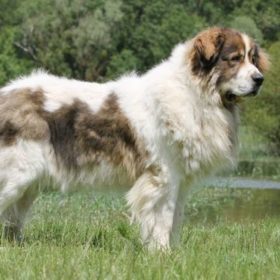 Pyrenean Mastiff
Pyrenean Mastiff Bluetick Coonhound
Bluetick Coonhound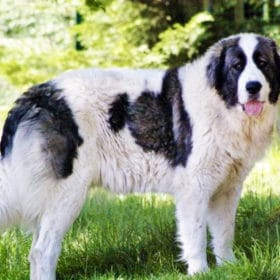 Bucovina Shepherd Dog
Bucovina Shepherd Dog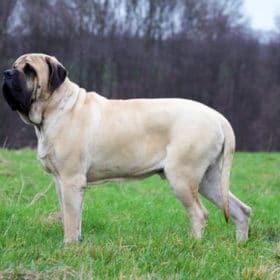 English Mastiff
English Mastiff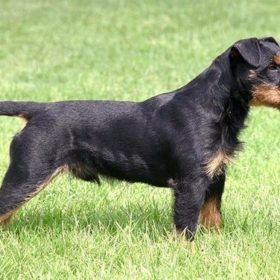 Jagdterrier
Jagdterrier Tatra Shepherd Dog
Tatra Shepherd Dog